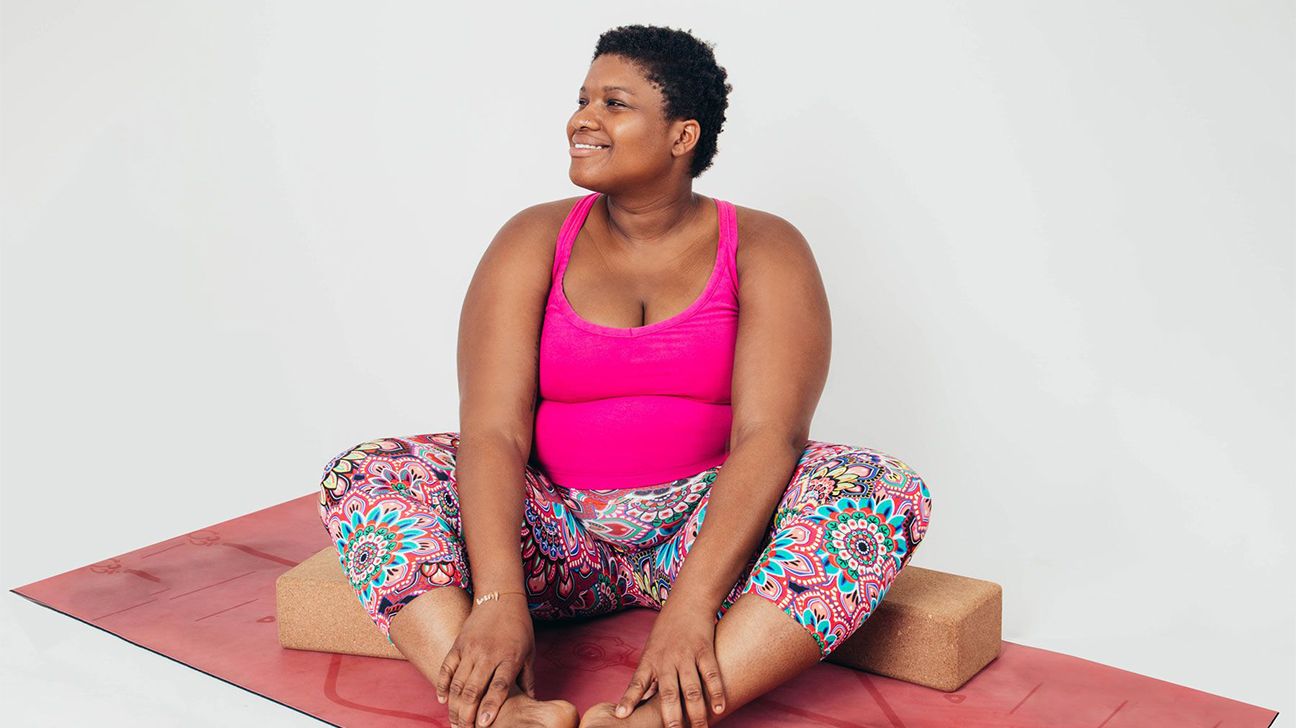Yoga for Beginners 5 Basic Poses to Know

Yoga for Beginners: 5 Basic Poses to Know
Yoga is a transformative practice that enhances physical strength, flexibility, and mental clarity. For middle-aged individuals aged 40-55, yoga offers a gentle yet effective way to manage stress, improve mobility, and maintain overall well-being. If you’re new to yoga, starting with basic poses can help you ease into the practice while reaping its many benefits. Here are five beginner-friendly yoga poses tailored to your needs.

1. Mountain Pose (Tadasana)
Mountain Pose is the foundation of many standing yoga postures. It helps improve posture, balance, and mindfulness.
How to Do It:
-
Stand tall with your feet together or hip-width apart.
-
Distribute your weight evenly across both feet.
-
Engage your thighs and lift your kneecaps slightly.
-
Roll your shoulders back and down, keeping your arms relaxed at your sides.
-
Lengthen through the crown of your head and take deep breaths.
Benefits:
-
Improves posture and balance.
-
Strengthens legs and core muscles.
2. Downward-Facing Dog (Adho Mukha Svanasana)
This iconic pose stretches multiple muscle groups while building strength in the arms and shoulders.
How to Do It:
-
Start on all fours with your wrists under your shoulders and knees under your hips.
-
Tuck your toes under and lift your hips toward the ceiling, forming an inverted “V” shape.
-
Keep your hands shoulder-width apart and fingers spread wide for stability.
-
Press your heels toward the floor (bending the knees slightly if needed).
-
Hold for 5-6 breaths.
Benefits:
-
Stretches hamstrings, calves, and shoulders.
-
Strengthens arms and legs.
-
Improves circulation by encouraging blood flow to the brain .4 .7 .13.
3. Warrior II (Virabhadrasana II)
Warrior II is a powerful pose that builds strength and stability while enhancing focus.
How to Do It:
-
Stand with your feet wide apart.
-
Turn one foot out 90 degrees and the other foot slightly inward.
-
Bend the front knee so it aligns over the ankle, forming a right angle.
-
Extend both arms out at shoulder height, parallel to the floor.
-
Gaze over the fingertips of your front hand and hold for 5 breaths before switching sides.
Benefits:
4. Child’s Pose (Balasana)
Child’s Pose is a restorative posture that gently stretches the lower back, hips, and thighs.
How to Do It:
-
Begin in a kneeling position with your big toes touching and knees spread wide.
-
Sit back onto your heels and extend your arms forward on the mat.
-
Rest your forehead on the mat while keeping your arms relaxed or alongside your body.
-
Breathe deeply for 5 breaths or longer.
Benefits:
-
Relieves tension in the lower back and hips.
-
Promotes relaxation by calming the nervous system.
-
Serves as a gentle stretch for beginners10 .13.
5. Tree Pose (Vrksasana)
Tree Pose enhances balance, focus, and leg strength—key areas of concern as we age.
How to Do It:
-
Stand tall in Mountain Pose.
-
Shift your weight onto one foot and place the sole of the opposite foot on your inner thigh or calf (avoid placing it on the knee).
-
Bring your hands together in a prayer position at your chest or raise them overhead like branches.
-
Focus on a fixed point ahead of you to maintain balance. Hold for 3–5 breaths before switching sides.
Benefits:
-
Improves balance and coordination.
-
Strengthens ankles, calves, and thighs.
Tips for Beginners
-
Start Slow: Practice these poses at your own pace. Yoga is not about perfection but progress.
-
Use Props: Blocks, straps, or cushions can make poses more accessible if you’re stiff or recovering from injuries .6 .7.
-
Breathe Deeply: Focus on slow, deep breaths to enhance relaxation and mindfulness during each pose .8.
-
Modify When Needed: Don’t hesitate to adjust poses to suit your body’s current abilities. For example, bend knees in Downward-Facing Dog if hamstrings are tight .4 .14.
-
Stay Consistent: Aim for short but regular sessions (10–15 minutes daily) to build strength and flexibility over time .9.

Why Yoga Is Perfect for Ages 40–55
At this stage of life, many people experience reduced flexibility, joint stiffness, or increased stress due to work or family responsibilities. Yoga addresses these challenges directly:
-
Flexibility: Gentle stretches improve range of motion in joints .1 .11.
-
Strength: Weight-bearing poses like Warrior II help maintain bone density .3 .12.
-
Stress Relief: Deep breathing exercises calm the mind and reduce anxiety .2 .11.
-
Balance: Poses like Tree Pose enhance stability, reducing fall risks as you age .3 .







